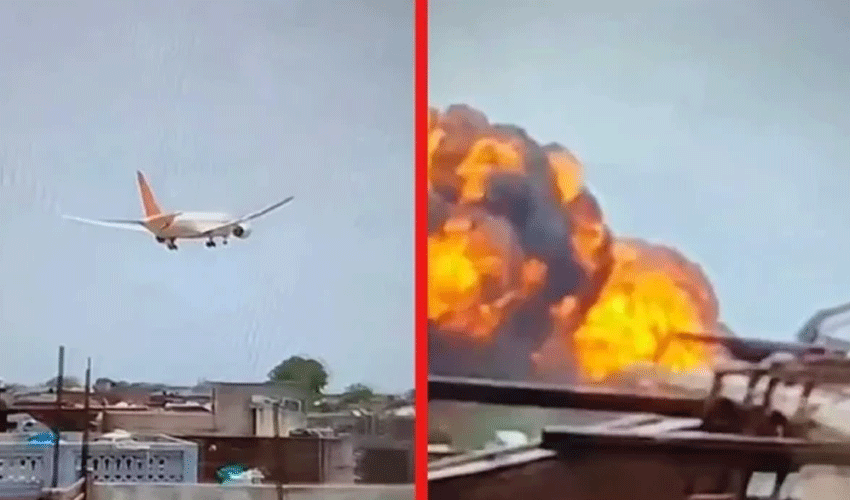A cockpit voice recording from the Air India Boeing 787 that crashed near Ahmedabad last month is providing critical insights into the cause of the tragedy. According to sources briefed on early assessments by U.S. officials, the recording suggests the captain cut the flow of fuel to the engines, leading to a catastrophic loss of power just after takeoff. This crash, which resulted in 260 fatalities, stands as the deadliest aviation disaster worldwide in a decade.
Insights from Cockpit Recordings and Preliminary Reports
The cockpit voice recorder captured a pivotal exchange between the aircraft’s two pilots. The first officer, who was at the controls, questioned the captain’s decision to move the fuel switches into a position that starved the engines of fuel. He reportedly urged the captain to restore fuel flow, but the loss of power had already begun to unfold. While no cockpit video exists to definitively show which pilot flipped the switches, investigators indicate that the audio evidence points toward the captain’s involvement.
India’s Aircraft Accident Investigation Bureau (AAIB) released a preliminary report noting that the fuel switches moved from “run” to “cutoff” just seconds after takeoff. However, the report did not clarify how or why the switches were moved, nor did it specify which pilot performed the actions. The AAIB also stressed that it is too early to draw definitive conclusions, as their investigation remains ongoing and the final report is expected within a year of the incident.
The cockpit voice recorder revealed one pilot asking the other why the fuel was cut off, with a denial coming in response. Both Captain Sumeet Sabharwal and First Officer Clive Kunder were highly experienced, with over 15,000 and 3,400 hours of flight time, respectively.
Sequence of Technical Events Leading to the Crash
Almost immediately after the plane became airborne, critical warnings and system failures unfolded. Closed-circuit TV footage from the airport indicated the deployment of the aircraft’s ram air turbine—a backup energy source triggered by a sudden loss of power from the engines. Within seconds, the London-bound flight failed to maintain thrust. After reaching just 650 feet in altitude, the jet began to sink rapidly.
Investigators found that the fuel switches for both engines were eventually returned to the “run” position and the airplane automatically attempted to restart the engines. However, the aircraft was too low and slow to recover. The 787 clipped trees and a chimney before crashing in a fireball into a building at a nearby medical college campus, causing further casualties on the ground and leaving only one survivor from the 242 people onboard.
The AAIB’s preliminary findings highlighted there were no mechanical or maintenance faults with the aircraft, and all scheduled maintenance had been properly performed. Boeing and the U.S. Federal Aviation Administration subsequently reassured airlines of the safety of the Boeing 787’s fuel switch locks.
Ongoing Investigations and Calls for Enhanced Safety Measures
The investigation is being assisted by the U.S. National Transportation Safety Board (NTSB), whose chair, Jennifer Homendy, has been fully briefed on the evidence, including the cockpit recording and flight data. Homendy emphasized the importance of learning from such incidents to enhance the safety of international air travel and stated that if no immediate safety issues are identified, that too must be established.
Aviation safety expert John Nance commented that current evidence increasingly points to a crew member manually operating the engine fuel switches, as no alternative rational explanation has surfaced based on available information. Nonetheless, he cautioned that all possible contributing factors must be examined before a final conclusion is reached.
The Air India tragedy has reignited debate over the installation of flight deck cameras, or cockpit image recorders, on commercial airliners. Nance noted that investigators would have greatly benefited from video documentation of cockpit actions, which could have provided definitive answers to critical questions about the flight’s final moments.





